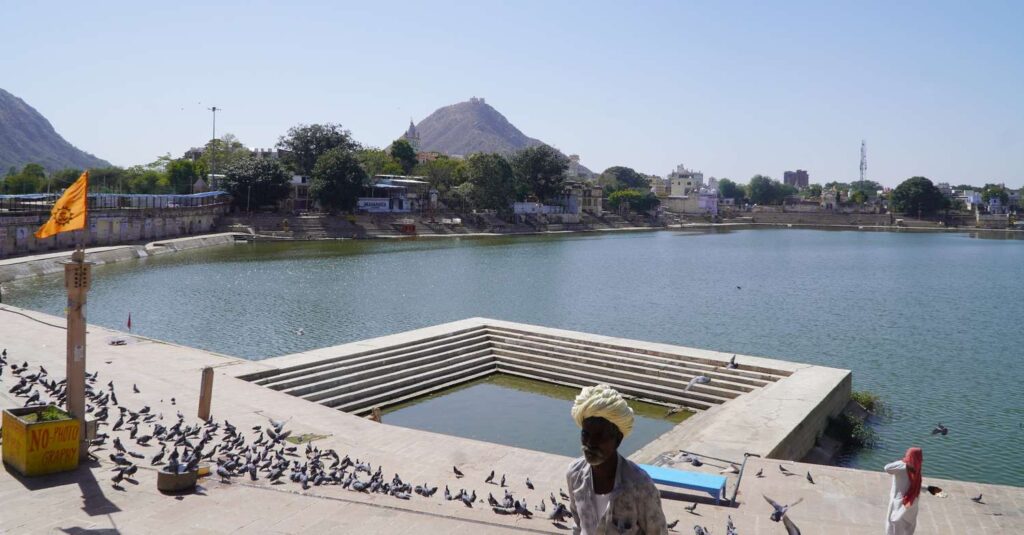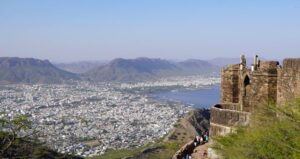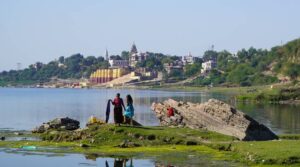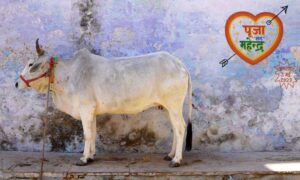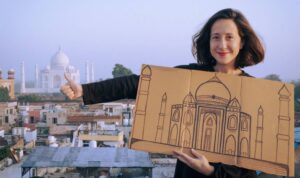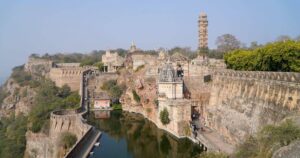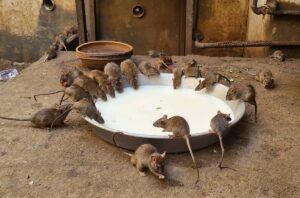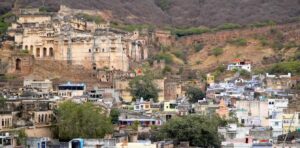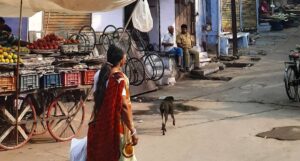▶ Destinations ▶ India
Pushkar is a must-see sacred city in North India, in central Rajasthan. If you are used to avoiding very touristy places as much to tell you right away that this place may put you off since there are foreign visitors really everywhere. However, this should not be a reason to exclude Pushkar from your list of cities to visit if you are interested in Hindu culture and its history, being a holy city and the only place where Brahma is worshipped.
Visit Pushkar
Find in this travel guide the main things to do and tourist activities to discover as well as places to see in the surroundings of Pushkar. You will also find other information for your trip to the city such as accommodation, transport and more.
Chapka insures your trip to India
Insurance now
- Why visit Pushkar?
- Brahma Temple
- Savitri Mata Mandir
- Sarovar Lake
- Shri Rama Vaikuntha Temple
- Gurudwara Sahib
- Rangji Temple
- Adhar Sheela
- Viewpoint on Pushkar and Ajmer
- Shopping in the streets of Pushkar
- Camel riding
- Visit the surroundings of Pushkar
- Visit Pushkar during festivals
- When to go to Pushkar?
- How to get to Pushkar?
- Frequently Asked Questions
Why visit Pushkar?

Holy City
As mentioned above, Pushkar is the only place in India (and the world) where Lord Brahma can be revered (if Hindu mythology is to be rigorously regarded), making him a high place of pilgrimage for Hindus. Pushkar is also one of the most important pilgrimage destinations for the Sikh community. Then, one of the other reasons to visit Pushkar is for its famous cultural festival, the “Camel Fair”.
Visit Pushkar
Pushkar is one of the most touristic cities in Rajasthan. It is also not as much as Jaipur that attracts the most foreign visitors but Pushkar is actually on the one hand very famous and on the other hand very small, which gives the impression that there are more tourists in this place than elsewhere in Rajasthan.
Tourism in Pushkar
I admit it, the fact that there are so many tourists distorts a little the original charm of the city, at least the surroundings of the sacred lake. Besides, no, it is not the tourists who distort the square but more precisely the considerable number of shops that result and vendors who call out in the street. And after all, I’m also a piece of the puzzle even traveling locally coming here, but here you are. I didn’t think Pushkar was so touristy before coming but that didn’t stop me from loving this city.
If this point neglects a little the authenticity of Pushkar, know that it will be quickly broken by the warm atmosphere released by the spiritual places and the fervor carried by the pilgrims here. I am thinking in particular of Lake Sarovar which exudes something powerful. In addition, Pushkar is a very quiet and relaxed city.
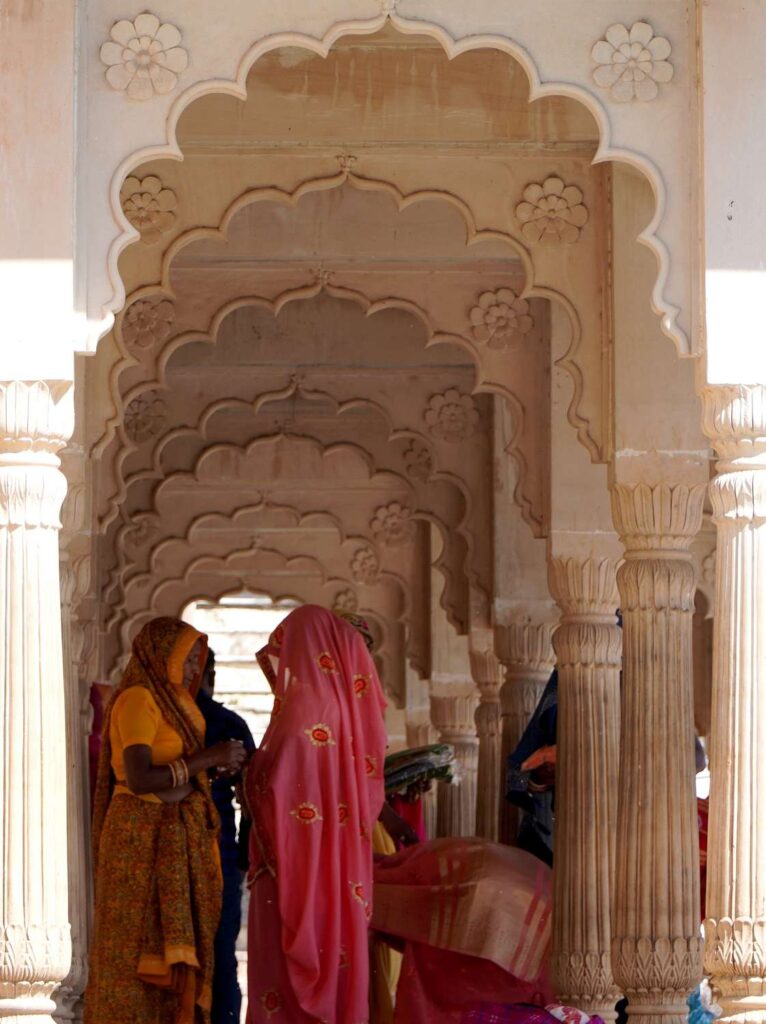
This is a stop that should be added in half of your itinerary in Rajasthan in my opinion, just to breathe and take a good break between two horn festivals in crowded cities. Especially since the amenities, food and even products are largely adapted to Western tourism so many will find all the comforts they may not have found elsewhere.
Also know that Pushkar is a very clean city and that walking around with so many olfactory stimuli without having returns of garbage scents, well it’s pleasant.
Yes, Pushkar is a very peaceful city and its relationship with Hinduism and its mythology is very important throughout Rajasthan and even India whole. This step is not to be neglected as part of a cultural trip in the country and the reasons to visit Pushkar are many and valid.
Brahma Temple
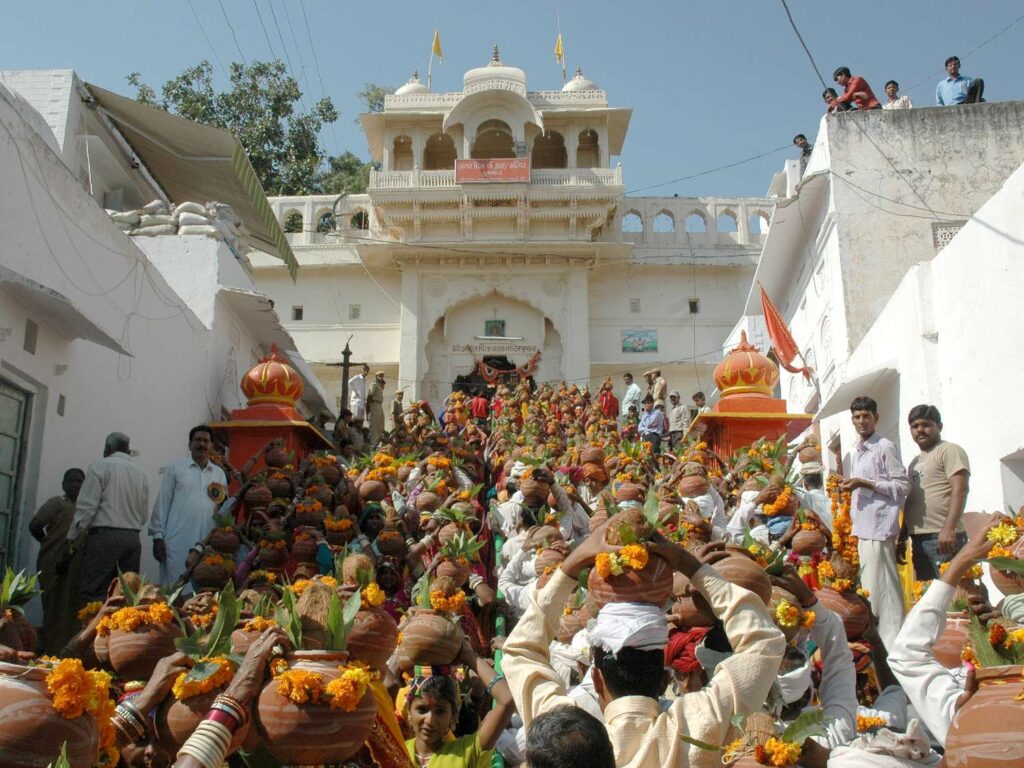
Brahma Temple is the most important tourist attraction in Pushkar. Its visit must be the must-do activity to do when you visit the city.
You have probably noticed that there are no temples dedicated to the worship of Brahma in India. Yet it is the God of creation and the creator of the Universe, a very important deity in Hinduism that is part of the Trimurti (trinity of the supreme deity with Vishnu and Shiva). So if you didn’t know, you might be wondering :
Why is Brahma worshipped only in Pushkar?
According to Hindu mythology, a demon tried to kill the children of Brahma. It was then that the God executed the entity with a lotus flower. 3 petals fell during the attack, creating 3 lakes in different places.
Brahma then created the hills surrounding Pushkar in order to be protected from potential external attacks in order to perform a yajna, a ritual with fire (involving the Agni deity associated with this element). The process was to be carried out in the presence of Sarasvati (also written Savitri), the wife of the creator god. According to astrological calculations, the yajna was supposed to take place at a specific time, but Sarasvati was late.
Brahma then asked Indra to find him a suitable wife to begin yajna. Which he did, but the girl was not of the Brahmin caste to which Brahma (and therefore Sarasvati) belonged.
The girl was purified by passing through a cow (as a reminder, cows are sacred in Hinduism and are part of the Brahmana caste), from her mouth to the other end. She thus becomes a goddess in her own right under the name of Gayatri.
Once the yajna was over, Sarasvati came back mad with rage when he saw that Brahma was married to Gayatri who had taken his rightful place. It was then that she cursed him for never being worshipped again, but Gayatri, endowed with his new powers, reduced the curse by pointing to Pushkar. Saravasti also cursed Agni (the god of fire who participated in the yajna).
The furious goddess left to settle on one of the hills that Brahma had just created, Savitri Pahar. It is the only hill that can be seen from Pushkar in the shape of a “peak”, much smaller than the others. There is a temple there for his worship.
Sarasvati also exists in the form of a river in India. This country is amazing. Knowing that every piece of land we walk on is referred to mythology and that all the elements around us are also associated with it gives a lot of dimension to the journey.
Did you know?
Sarasvati is Brahma’s wife but she is also his own daughter, he is his only parent.
References
The story of Brahma and Pushkar has been described in the Padma Purana, a set of manuscripts relating to the Vedas whose dates are estimated to be several centuries BCE.
Visit of the temple
Entrance to the temple is not subject to fees for foreign visitors. You should know that you cannot fit a camera inside. A little before entering, people will tell you to put your shoes in their boxes while putting a bowl of offerings in your hands that you will be supposed to put down, quickly enough so that you do not notice that most people come in without offerings. Just go your way if you are not interested and take off your shoes at the entrance of the temple. I have seen people being fooled here.
Date of construction
The Brahma Temple was founded after the Yajna of Brahma. Its current structure was built in the14th century and has been improved over time.
Savitri Mata Mandir
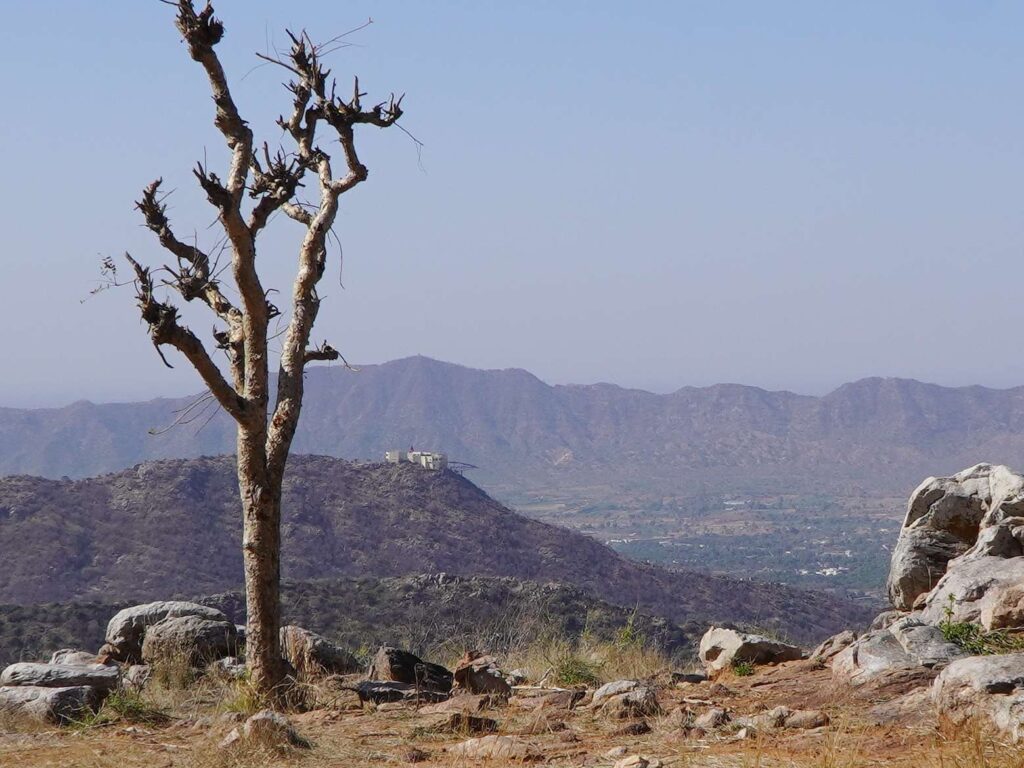
If you have read the previous part dedicated to Brahma, you have not missed the lines that mentioned that Saraswati took refuge on a hill after discovering the new wife of the Creator God. This small mountain is called “Savitri Pahar”.
In this place is the Saraswati temple. Being the place of refuge of the goddess, this place of worship is sacred throughout India and is one of the many other motivations for pilgrimage to Pushkar.
Notes : Savitri is another name for Saraswati (also spelled Sarasvati) – Gayatri is also worshipped at Savitri Mata Mandir temple.
How to access it?
Savitri Pahar Hill and its Savitri Mata Mandir temple are visible from the center of Pushkar. It is this hill that seems alone in the landscape. You can reach the temple on foot or by taking the cable car. The location can be found in the link below.
Sarovar Lake
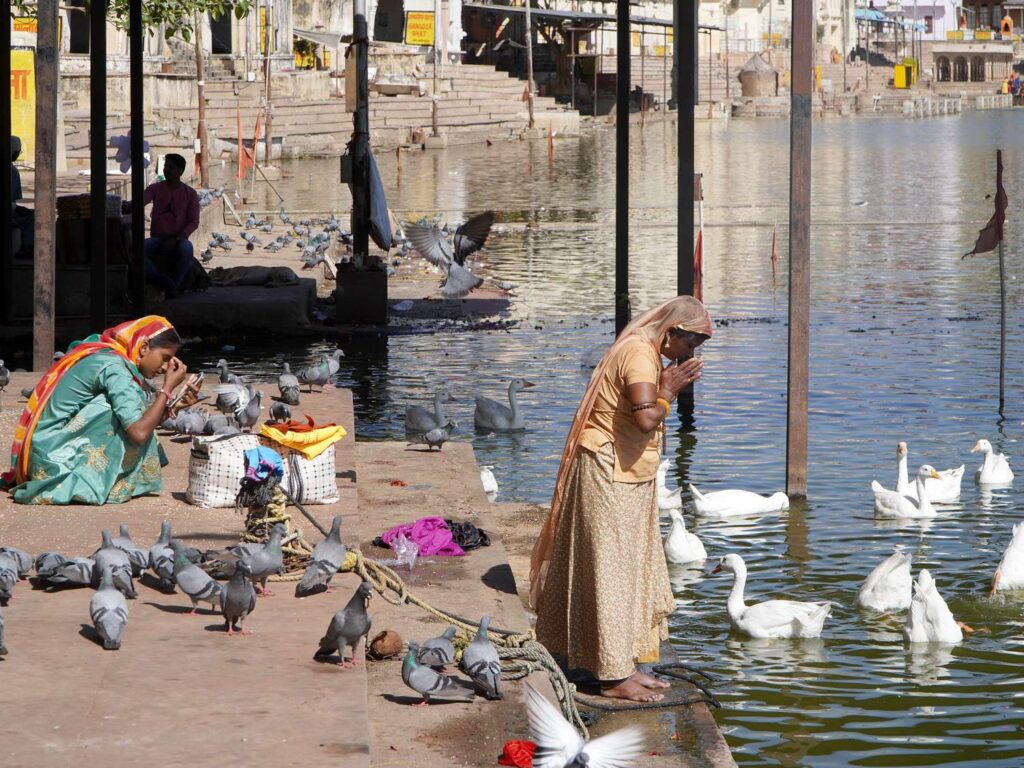
Sarovar Lake (or Pushkar Lake) is considered the center of Pushkar, it is also the heart of the historic city. Its mythological origin comes from Brahma who would be the creator. It is a sacred place with hundreds of temples and many ghats all around. The faithful come to bathe there and even drink its water.
In addition to being filled with fervor carried by pilgrims, the place is full of life, it is striking. A multitude of fish, birds (including several species of waders), macaques, entelles or many cows inhabit Lake Pushkar. There is here like a harmony and a symbiosis, a beautiful connection between all the elements that will not escape you.
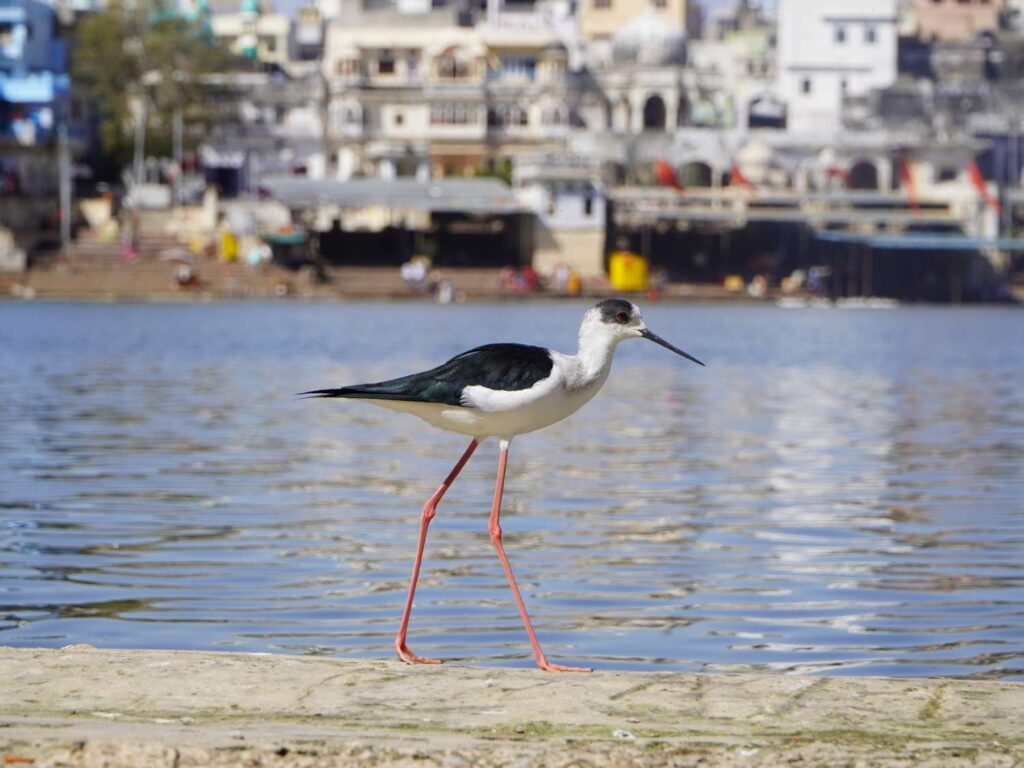
Alms by the lake
Chances are you’ll come across one of these people around the lake at least once in search of money. Some claim that you absolutely have to do their ritual before anything else. They will give you a flower, recite a mantra and put paint on your face in order to raise money.
You have no obligation to wear Hindu marks on your face, especially if you do not belong to this religion and generally speaking, you do not have to follow the recommendations of these people.
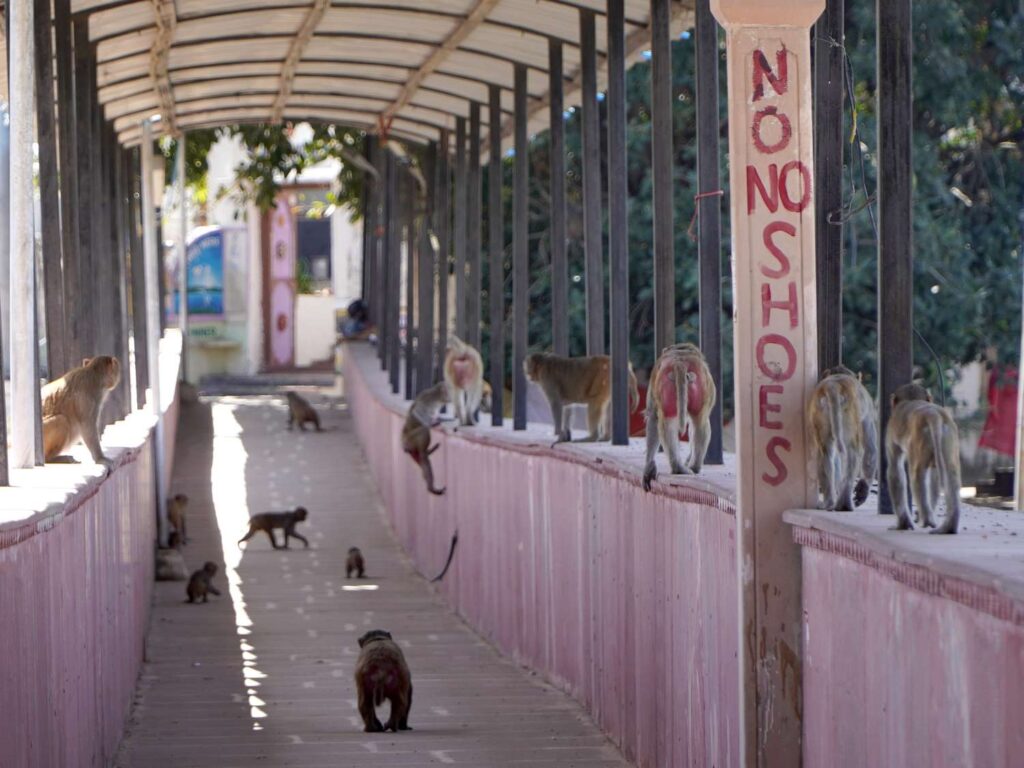
Take a tour of the lake
The best thing to do to soak up this special atmosphere is to take a complete tour of the lake following only the edge of the ghats. Each game will offer you different scenes. The sacred water point is not very large and we go around it quite quickly. Personally, I did it once in the morning and another time in the late afternoon. It is a simple and free activity that I was able to enjoy in Pushkar. In addition, you will have the opportunity to visit several temples while staying within the lake.
Note : Shoes must be removed when going to the shores of the lake (on the ghats). The consumption of alcohol and tobacco is also prohibited.
Take a sacred bath
As you can see, the water of Lake Sarovar is sacred and blessed. Today, you are lucky enough to be able to swim without fear, which was not the case decades ago. Indeed, the waters of the lake were inhabited by crocodiles. These reptiles were moved by the British Empire to a nearby village. Some temples of Pushkar still house the remains of mummified crocodiles. Check out Narsingh Ghat, a temple has two large ones.
Deities and figures related to Pushkar
Lord Varaha is said to have appeared on the Varaha hat. It is also said that Lord Rama went there and bathed in the water.Another story tells that the sage Parasara lives at Pushkar Lake.His descendants, called Parasara brahmanas, are believed to still be found in Pushkar and its surroundings.
Shri Rama Vaikuntha Temple

Shri rama Vaikunth Nath Swami is a temple dedicated to the worship of Vishnu. This religious building, reminiscent of the style of South Indian temples, dates from 1925. Foreigners are not allowed to enter inside (at least those who are not followers of Hinduism). Nevertheless, you can admire its façade from the front door.
Gurudwara Sahib
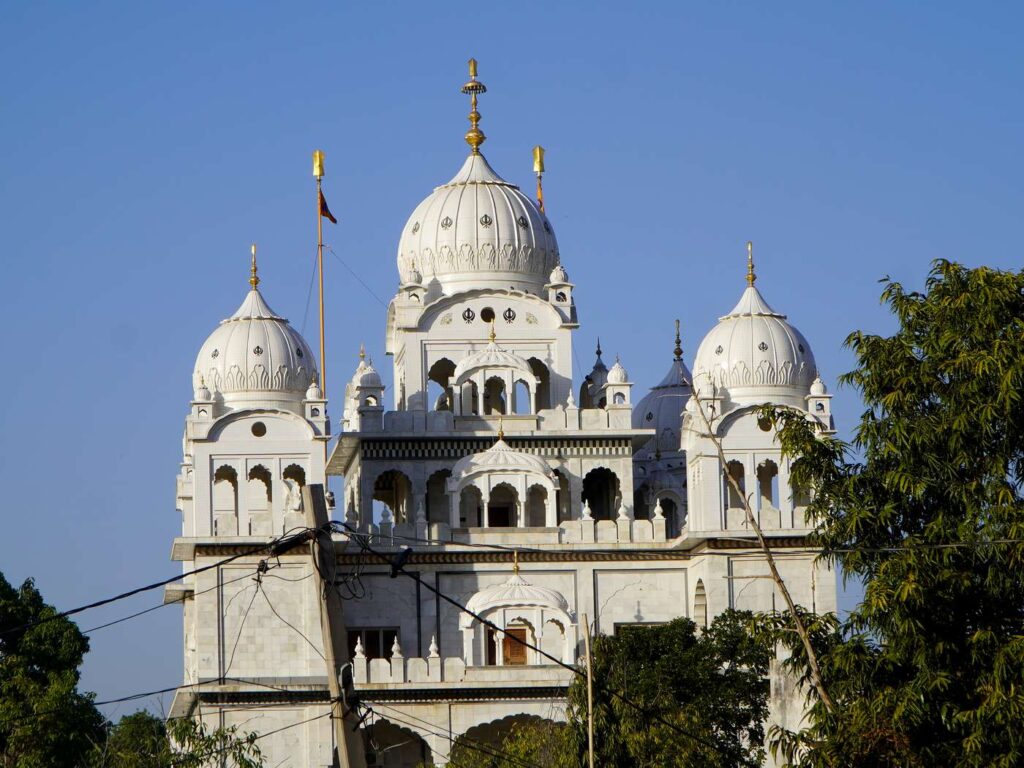
The Sahib Gurudwara is associated with two emblematic figures of Sikhism : Guru Nanak and Guru Gobind Singh. Guru Nanak is the first guru and founder of Sikhism. In the past, in the16th century, Nanak is said to have had a spiritual discussion with Sufi saints. He went to the site of the temple following this event.
Later, in the18th century, Guru Gobind Singh came to stay at this place. This man is the last of the ten human gurus of Sikhism. Indeed, Gobind Singh’s father was executed by the Mughal emperor Aurangzeb and his 4 biological sons by the Mughal governor of Sirhind (in the current state of Punjab), Wazir Khan. Guru Gobind Singh later transferred his title of guru to a holy scripture : Guru Granth Sahib. This writing is today the only “living” and eternal guru of Sikhism.
The huge white marble temple Gurudwara Sahib is therefore associated with the first and last of the gurus of this religion, making it an important place of worship for Sikhism in general and a place of pilgrimage, but also one of the most important Sikh temples outside Punjab. Although Sikh temples are very few in Rajasthan, Gurudwara Temple is rightly the most important in this state.
Rangji Temple
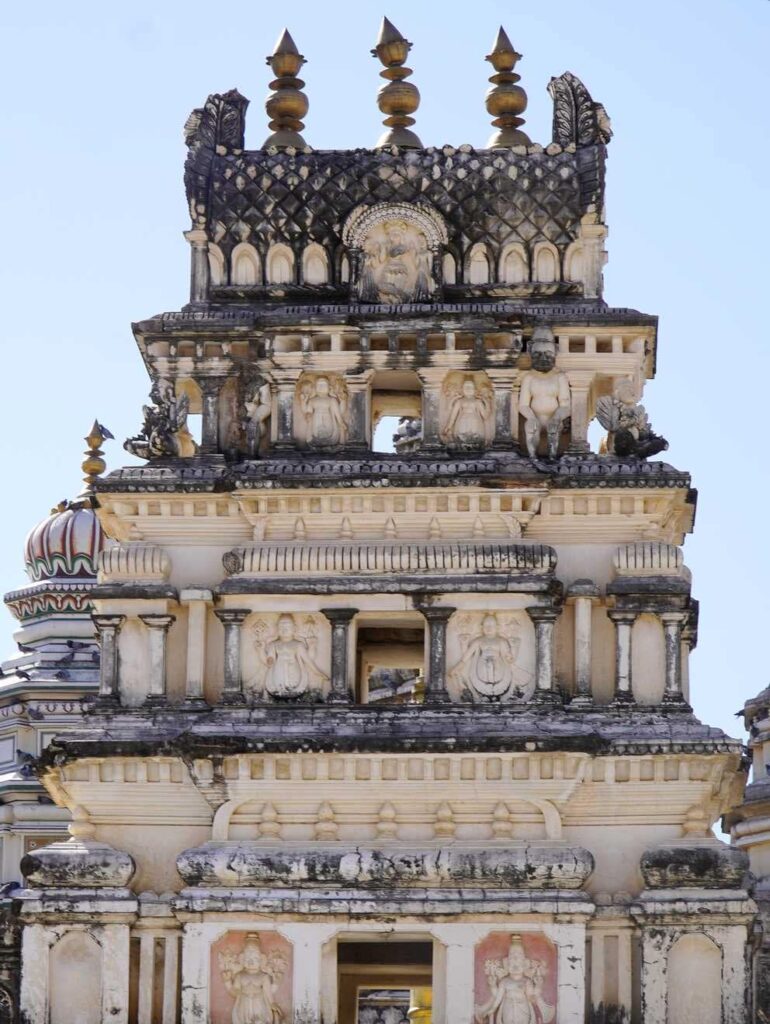
Rangji Temple is where Lord Ranganatha, an incarnation of Lord Vishnu, is worshipped. Lord Ranganatha is the “sleeping form” of Vishnu, which is why you will see him depicted lying in the temple.
Nearly 2 centuries old, the religious complex has other temples within its walls, dedicated among others to the worship of Laxami, Krishna or Ramanuja (Ramanujacharya).
Can you visit Rangji Temple?
Located north of Pushkar Lake, Rangji is not a temple that usually receives foreign visitors (non-Hindus of course). While there is a slim chance that you will be allowed inside, you are more likely to be denied entry. Try to get there very early in the morning to have more chances.
Adhar Sheela
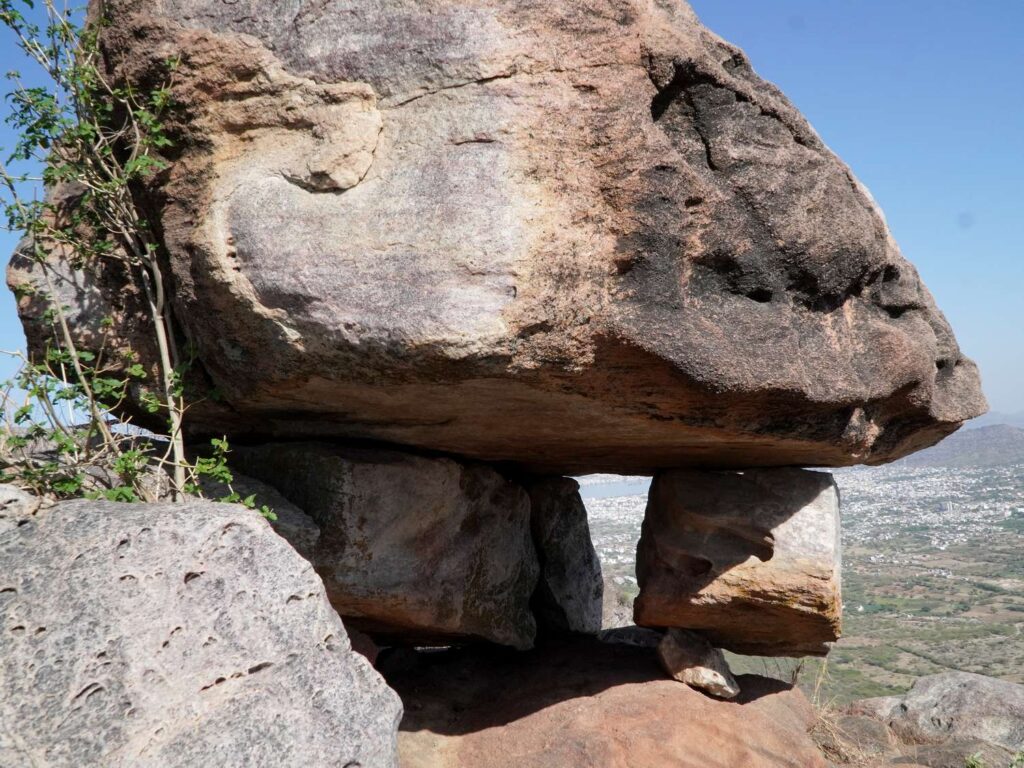
Adhar Sheela is a place completely unknown to tourists. Perched on the largest of the Pushkar hills, this megalithic site has almost no information. In fact, this kind of structure is spread all over the world and can be several thousand years old (that is, it is likely that it was erected even before the foundation of the current city of Pushkar but be careful, this is not a claim).
This kind of megalithic site is in number in Europe. Take for example the case of Brittany, in France, where they are everywhere. These places are sacred in the majority of cases and placed according to astronomical parameters or ley lines for example.
The sanctity of Adhar Sheela is beyond doubt since a Shivaist temple has been installed next to him (the current structure is recent but the temple has been established there for a long time).
Adhar Sheela is a surprising structure. Having spent several hours in the vicinity, I found nothing similar, neither engravings / cave paintings (although I had a doubt about a cavity but I am not so sure), nor traces of furrows.
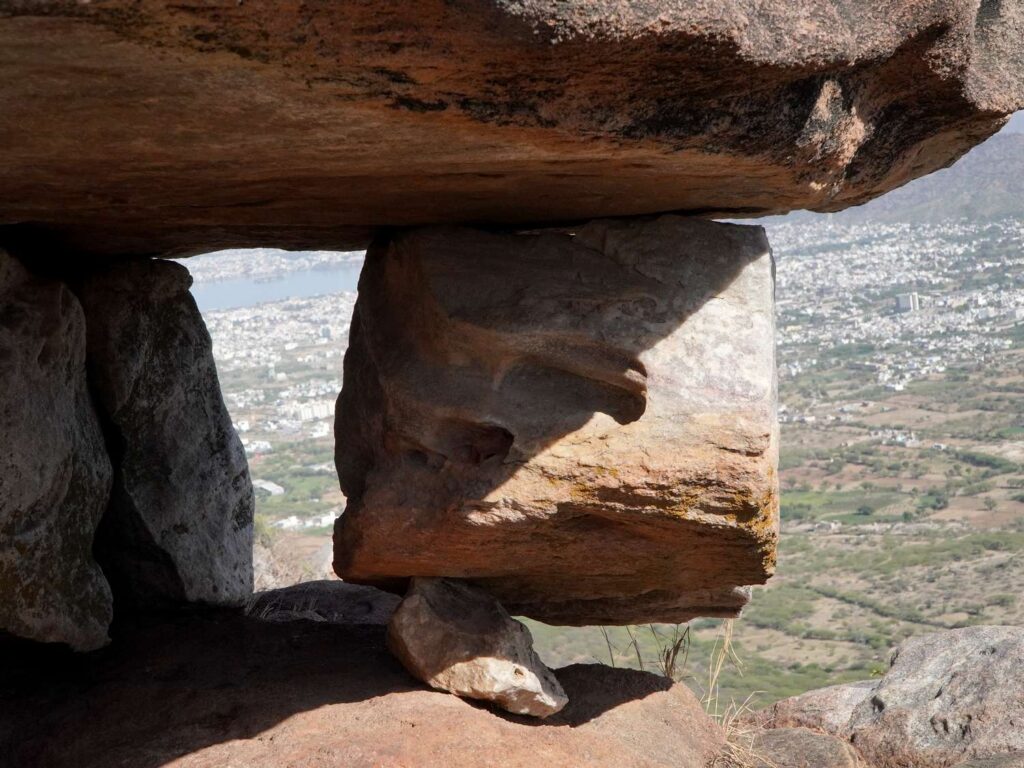
How to get there?
This is where the story gets complicated. The entrance to the “path” is located behind the cave temple Shri Agastya Muni Cave. There is nothing indicated, only rare marks of white paint every 20 or 30 meters (I noticed it on the way down). When I took what seemed like a path, I quickly lost track and did a lot of off-tracking. The place is quite difficult to access so I advise you to charge your smartphone well to help you with the location to achieve it.
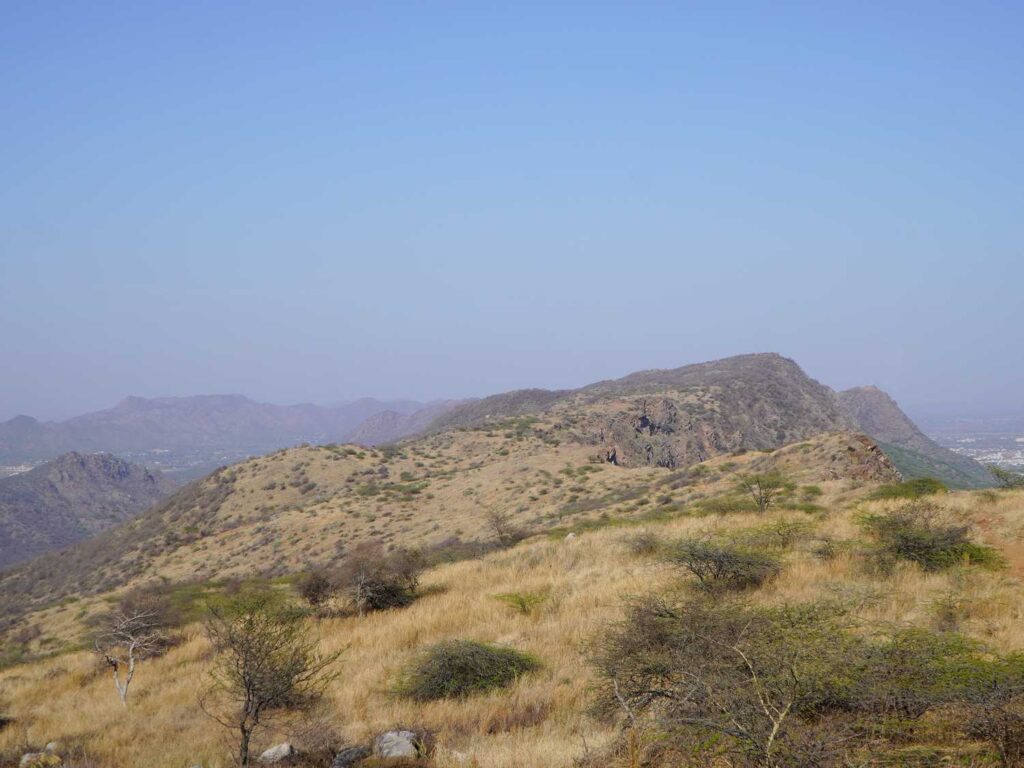
If the place is not easy to reach, the heights of the mountain are of a peacefulness and breathtaking beauty, which is well worth its small lot of galleys. Continue reading the next section to learn more.
Viewpoint on Pushkar and Ajmer
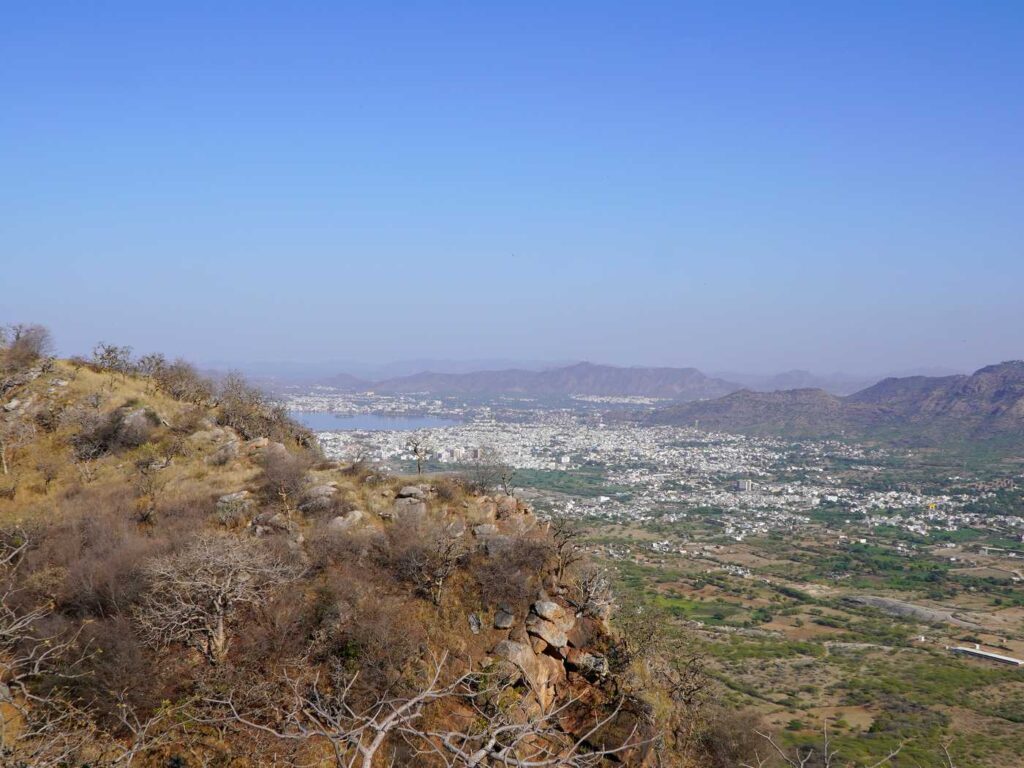
The heights of the widest hill of Pushkar offer a breathtaking view of the city of Pushkar but also the city of Ajmer. From here, you feel like the king of the world and you don’t want to come down again. The panorama is fabulous and the plateau of the hill has the particularity of having a sumptuous vegetation. It is completely green with the appearance of meadows around the rainy season but looks like savannah during the dry season.
Shopping in the streets of Pushkar
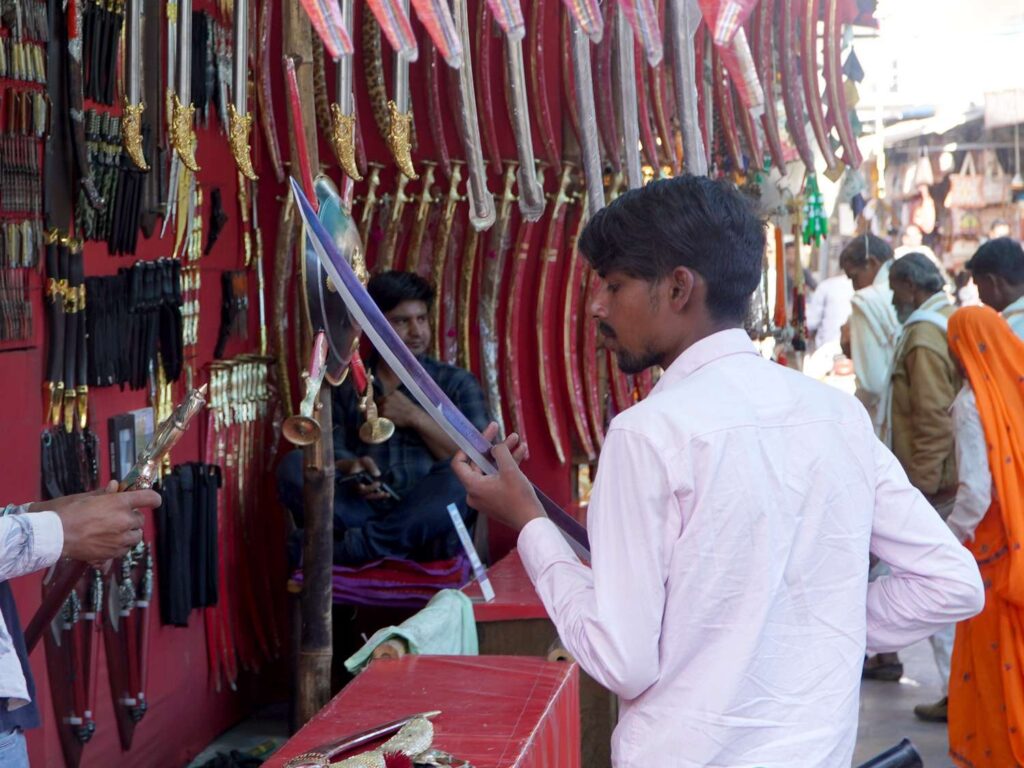
Who says large number of tourists says large number of shops. You will find shopping around the lake with a wide selection of clothes and souvenirs. There is a type of business in these streets that stands out from the rest : knives. They are numerous and give you an overview of Rajasthani weapons.
Camel riding
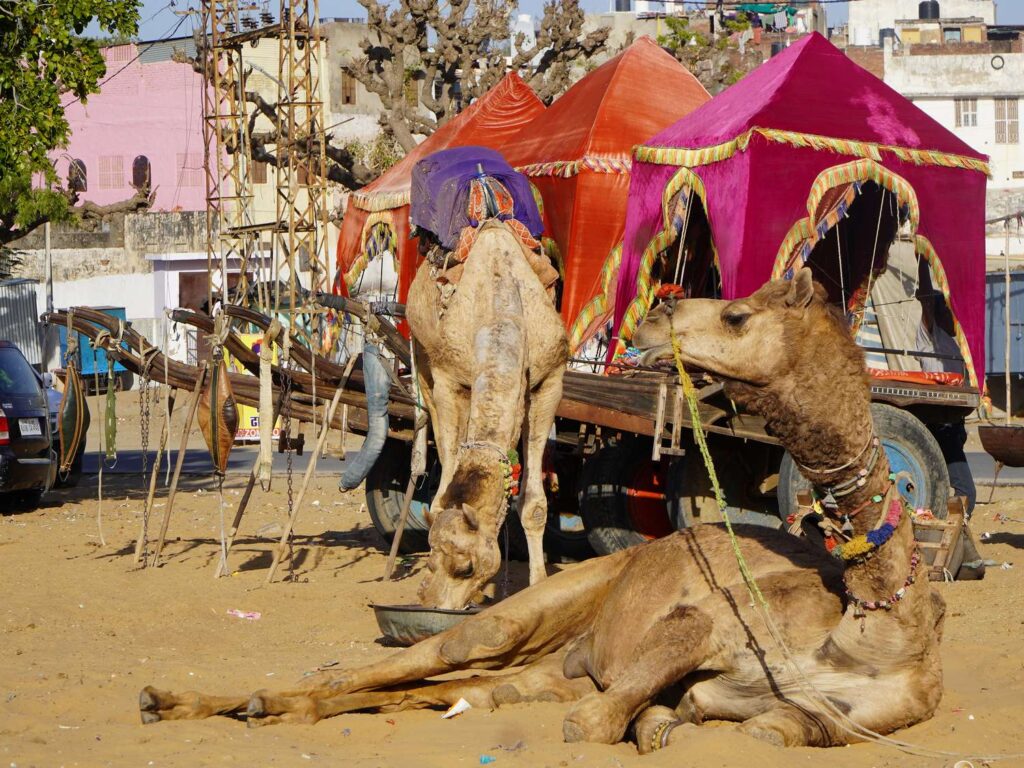
Pushkar is widely associated with dromedaries. Even outside the annual Kartik Mela fair, they are everywhere. You can easily find some to take a walk around the city. There seem to be more animals at the place where the festival is held.
Visit the surroundings of Pushkar
Obviously foreign tourists completely abandon the surroundings of Pushkar but if you are interested in visiting them, here are some ideas of things to do and activities available in the cities of Ajmer and Kishangarh :
Visit Ajmer
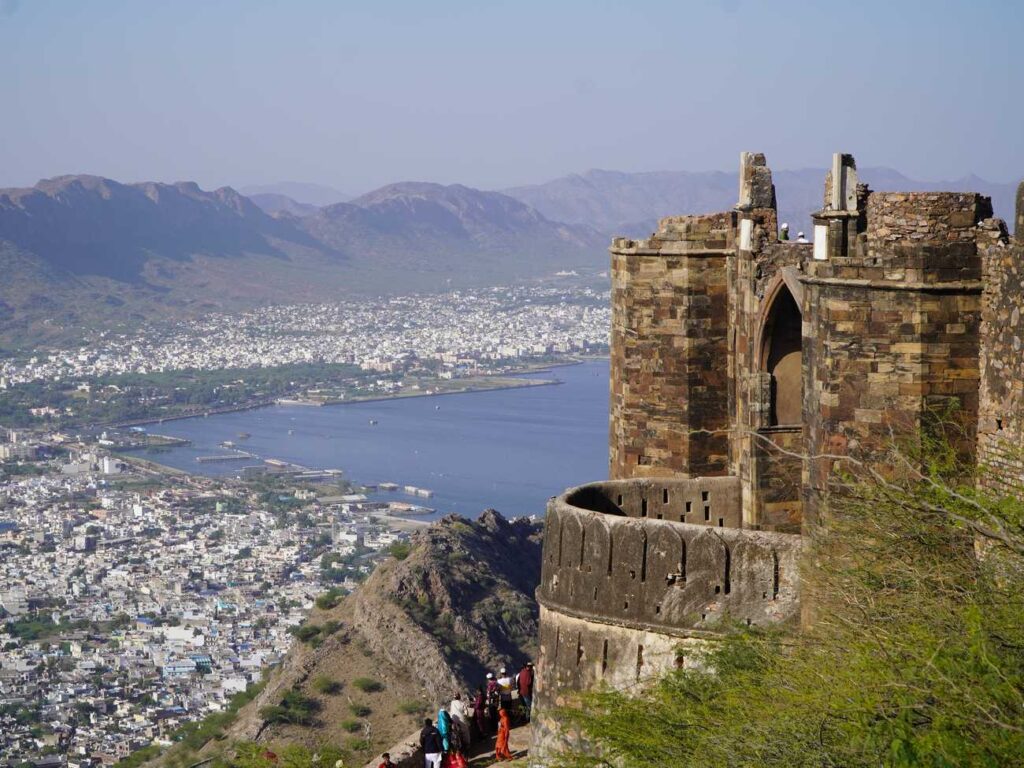
Ajmer is a completely different town from Pushkar. You know what? While crowds of tourists visit Pushkar, Ajmer, which is only fifteen minutes away, is completely neglected. To give you an idea, I did not see any foreign visitors in 4 days.
Something that is also felt in the hotel industry since most establishments do not have a license to welcome foreigners.
Ajmer is however an interesting town to visit with many tourist activities available so if you have some time to visit the surroundings of Pushkar, I also recommend you to visit Ajmer.
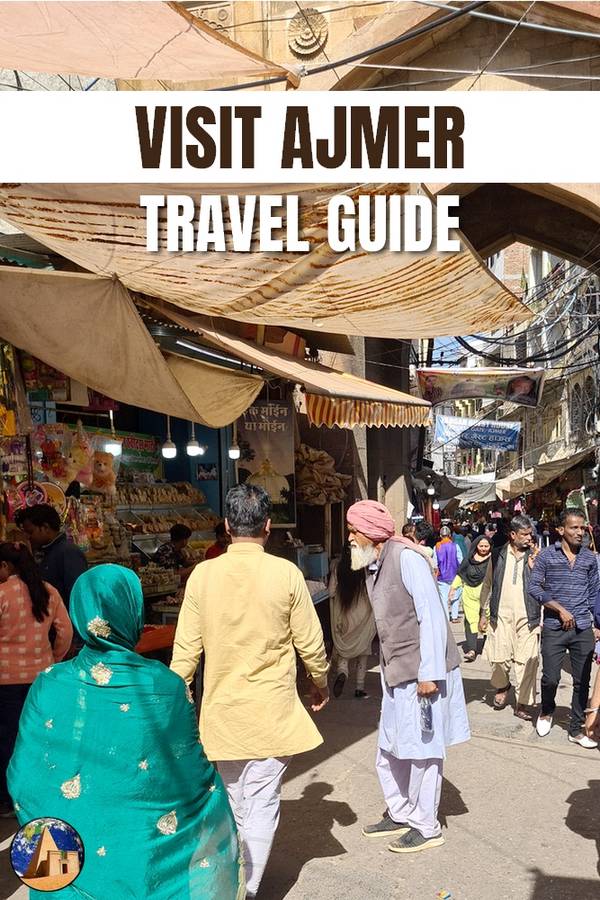
What to visit in Ajmer?
- Adhai Din Ka Jhopra
- Ajmer Sharif Dargah
- Buland Darwaza
- Taragarh Fort
- Soni Ji Ki Nasiya Jain Temple
- Kirti Stambh
- Nareli Gyanodaya Digambar
- Allah Rakkha Masjid
- Ana Sagar Lake
- Mayo College
- Ajmer Museum
- Victoria Jubilee Clock Tower
Visit Kishangarh
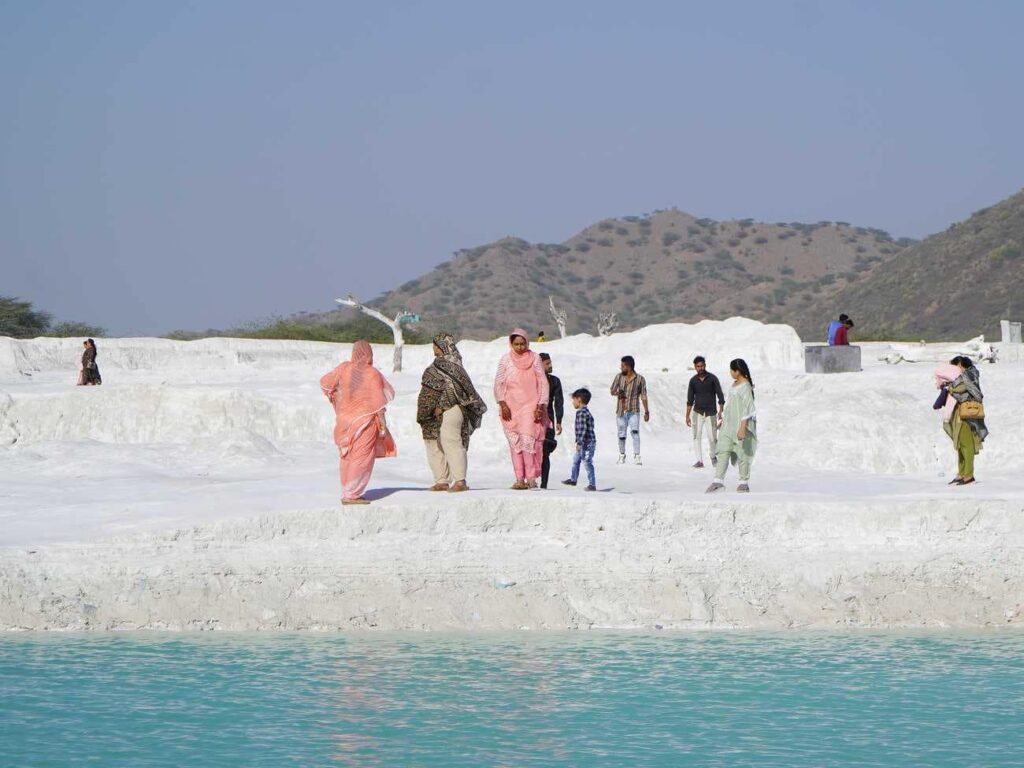
Kishangarh is a very small city located about thirty kilometers from Ajmer. If the latter is already forgotten by tourists, I let you imagine Kishangarh. It is an off-the-beaten-track destination that does not have a significant number of things to visit but can nevertheless boast of having some interesting activities :
What to visit in Kishangarh?
- Fort de Kishangarh
- Mokham Villas
- Gundolaw Sagar
- Dumping Yard
- Laxmi Narayan Temple
➡️ See all activities in Kishangarh
Visit Pushkar during festivals
This list is of course not exhaustive but these festivals are the most interesting / important to observe especially in Pushkar :
Camel Fair Festival
Kartir Mela, Pushkar ka Mela or Camel Fair is one of the largest animal fairs in India. There are mainly camels, horses and cows. This world-famous festival that brings together hundreds of thousands of people is a cultural gathering with many typical Rajasthan activities.
📆 Date : Kartik Mela is an event not to be missed if you are around October and November, which corresponds to the month of Kartik in the Hindu calendar.
Kartik Poornima
Kartik Poornima is also known as Dev Deepawali and celebrates several important Hindu events. In addition to these, the deity Brahma (only in Pushkar) is honored. It is a festival to celebrate especially in this city since it is the only place where Brahma can be worshipped.
Thousands of pilgrims travel to Pushkar to take a sacred bath in the lake at this unique event.
📆 Date : You will have the chance to participate if you come for the Camel Fair since Kartik Poornima falls on the same dates, in the month of Kartik. Kartir Poornima takes place 15 days after Diwali.
Holi
Holi is the festival of colors. She is from Vishnu, the day he burned a demon. That is why the celebration is marked by bonfires. This very ancient tradition already existed in antiquity. In the past, Hindus threw the ashes of bonfires at each other and today they are colored powders. The spring equinox is celebrated during the celebration of Holi.
It is said that the gods close their eyes on this day. It is therefore a time when Indians look less at their castes and their social-cultural codes and let themselves go by allowing themselves for example the consumption of alcohol or substances such as bhang. Holi is known for being a particularly beautiful and intense festival in the city of Pushkar.
📆 Date : The festival of colors lasts 2 days during the full moon, between February and March.
Guru Nanak Gurpurab
Guru Nanak Gurpurab celebrates the birth of Guru Nanak, the founder of Sikhism. This celebration is less important than the previous ones in terms of the number of participants but it remains important since the Guru Nanak has a link with the city of Pushkar. Attend the party at Gurudwara Sahib Temple.
📆 Date : The event takes place between October and November, like Kartik Mela and Kartik Poornima.
Sarasvati Pushkaram
A pushkaram is a festival related to the worship of rivers. Sarasvati Pushkaram celebrates the river of the deity Saraswati but India also celebrates the entire goddess on this occasion, without requiring the presence of the river.
This very important festival is held every 12 years, which means that it is a major event when celebrated. You can observe it in Pushkar, especially at the Savitri Mata Mandir temple where the heart of the celebration takes place.
📆 Date : The next festival will be held from May 15 to 26, 2025. Remember this date if you plan to visit Rajasthan around this period since you will have to wait more than a decade to see the next one!
When to go to Pushkar?
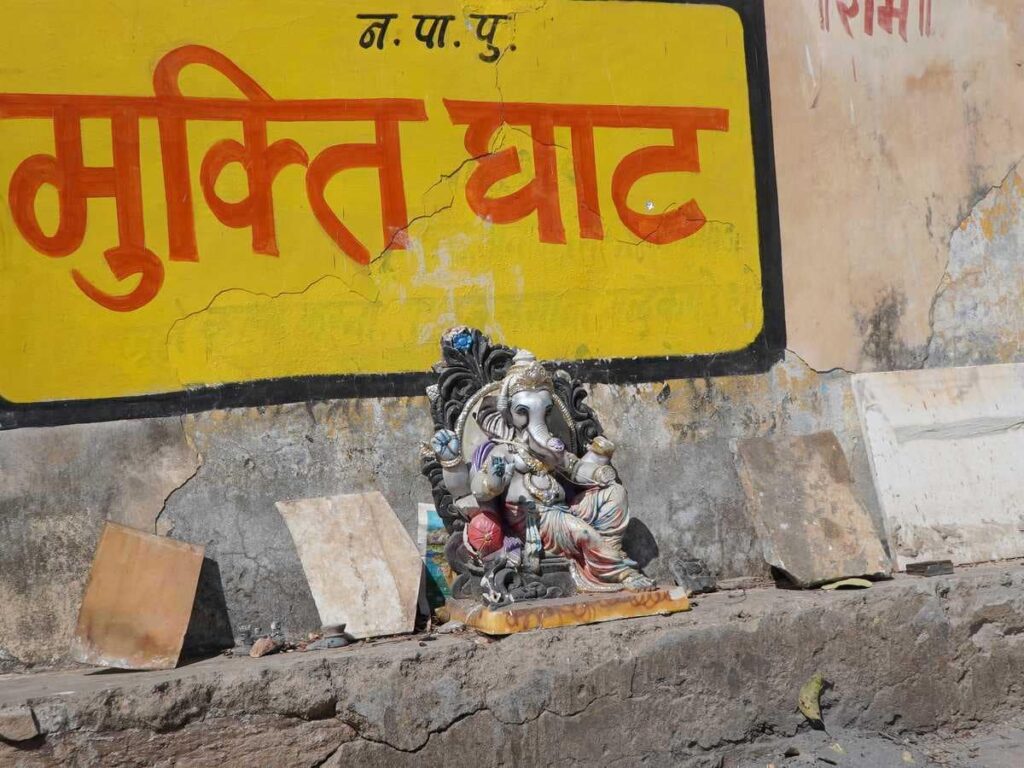
When is the best time to visit Pushkar?
Culturally speaking, the most interesting time to visit Pushkar is between October and November since important festivals take place :
- Kartik Mela
- Kartik Poormina
- Guru Nanak Gurpurab
● Favourable period
The ideal months to visit Pushkar with cool weather at night and pleasant during the day are January, February or even March and from November to December.
● Bad period
June, July and August fall into the monsoon period. It’s raining a lot. The remaining months are the hottest with temperatures difficult to travel.
How to get to Pushkar?
1. From Ajmer
Pushkar is located about 15 km from Ajmer.
The easiest option to get to Pushkar from Ajmer is by bus, taxi or rickshaw.
The private taxi ride costs exactly 200 INR (the price is the same in the other direction).
The bus ride costs 20 INR (the price is the same in the other direction).
2. From Jaipur
Pushkar is located about 150 km from Jaipur.
More than 25 trains depart daily from Jaipur to Ajmer (you will have to use transport or take the train line to Pushkar afterwards since the city is not served by train from Jaipur). The journey takes about 2 hours.
3. From Udaipur
Pushkar is located about 140 km from Udaipur.
From Udaipur City (UDZ):
The UDZ JP EXP (12991) train departs daily at 06:00. The journey takes 5h10m.
From Udaipur City (UDZ):
The UDZ YNRK EXP (19609) train departs every Monday, Thursday and Saturday at 13:45. The journey takes 5h35.
From Udaipur City (UDZ):
The UDZ JP SF SPL (09722) train departs daily at 15:05. The journey takes 04h45m.
From Udaipur City (UDZ):
The CHETAK EXPRESS (20474) train departs daily at 17:00. The journey takes 5h15m.
From Udaipur City (UDZ):
The UDZ KURJ EXP (19666) train departs daily at 22:15. The journey takes 5h00.
From Jodhpur
Pushkar is located about 180 km from Jodhpur.
From Jodhpur Junction (JU):The JU INDB EXPRESS (14801) train departs daily at 08:05. The journey takes 4h40m.
From Jodhpur Junction (JU):
The train RANIKHET EXP (15013) departs daily at 08:15. The journey takes 4h45m.
➡️ Travelling by train in India : a complete guide
Frequently Asked Questions
One does not visit Pushkar without missing the Israeli culture at every corner! Indeed, a large part of the shops display signs in Hebrew or even a good part of the restaurants offer menus in the same language, not to mention the kitchen itself which offers Israeli cuisine. Israelis love Pushkar more than any other city in India. It’s a bit the same scenario that we can find in Goa which is full of Russians. There is a large center run by Israelis in Pushkar for the Israeli community (the shame is that Indians are prohibited there). This place is called Chabad House and includes a hotel, a restaurant and a synagogue.
Pushkar is a small town and visiting most of the major tourist attractions can be covered in a day but it is also a nice relaxing place to retreat from the hustle and bustle of the big cities. Two or three days seem sufficient to soak up Pushkar and visit the surroundings.
Pushkar is the only place in the world where the creator God Brahma can be worshiped according to Hindu mythology. His only place of worship in India is there and if there are other temples elsewhere in the world, they are not taken into account with regard to Hinduism since they do not respect divine mythology.
Regarding to a cultural visit to India, yes, Pushkar is essential for the reason mentioned above and also for its fair. It is a holy city in India and one of the most important in Rajasthan.
The Pushkar Fair, Kartik Mela takes place during the Hindu month of Kartir, which corresponds to late October and early November in the Gregorian calendar.
The Camel Fair will be held from November 01 to November 09 for this year 2023.
Two Sikh Gurus, the First and the Last, are associated with Pushkar. The city’s Sikh temple is called Gurudwara Sahib.


